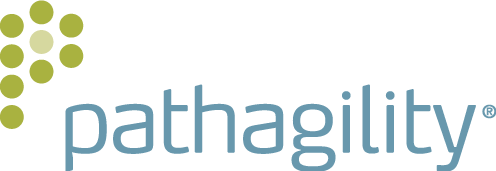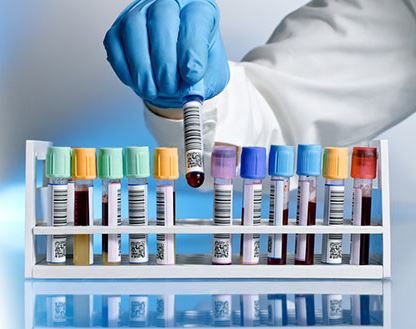Medical laboratory managers and technicians play an important role in the prevention and diagnosis of diseases of all kinds. These lab techs are irreplaceable in the lab as they set up and sanitize laboratories, prepare specimens, match blood compatibility for transfusions, analyze fluid chemical content, collect blood samples, examine immune system elements and so much more. Lab techs and lab staff are expected to handle sophisticated laboratory equipment, including lab reporting technology, cell counters, microscopes and even automated analyzers. Needless to say, the roles that lab staff play are incredibly important, and no matter how much technology advances, there are still many aspects of laboratories that must be human-operated.
How Can Labs Bridge the People & Processes Gap?
While lab managers and techs do everything they are responsible for (and much more) to run labs efficiently, lab technology is an X factor for labs that want to build processes that last – and can scale. Labs need to deliver reports and lab tests electronically, reliably, and efficiently to referring physicians, all in a timely and affordable manner. Delivering in a competitive market is essential – especially when the patient’s well being is at stake.
In addition, labs need to gain the agility and control to deliver critical information on their terms and time schedule, connecting any device, software, and people – whether physicians, lab staff, or patient – with no barriers. Advanced labs are running their business in the cloud, with platforms that integrate across all technologies.
Why Integration of Lab Tech is Crucial
Today’s advanced labs need a platform that can easily integrate with their existing systems and interpret data from existing EMRs, LIMS, billing systems, lab instrumentation, and middleware systems; while affording them flexibility to report through multiple channels.
Integration of all lab systems makes it possible for lab staff to better manage testing, reporting, and transferring of information through the secure use and sharing of health information. Integrating lab systems can improve the quality of results, even as it makes the lab processes more cost effective.
By integrating your lab technologies – from LIMS to billing to lab instrumentation – lab teams will gain:
- Accurate and complete information about a patient’s health. That way, providers can give the best possible care, whether during a routine visit or a medical emergency.
- The ability to better direct the care to be given. This is especially important if a patient has a serious medical condition.
- A way to securely share information with physicians, groups, or patients. This means patients and their families can more fully take part in decisions about their health.
- Information to help diagnose health problems sooner, reduce medical errors, and provide safer care at lower costs.
For more information on how your lab staff can take advantage of superior reporting and LIMS software, check out these recent Pathagility resources:
How Your Lab Can Play a Vital Role in Improving the Patient Experience
3 Features in Pathagility Your Lab Will Love
5 Ways Lab Technology Will Change in the Next 5 Years
To learn more about how Pathagility can help your lab can keep up with the changing technology landscape, request a 30-minute demo.

